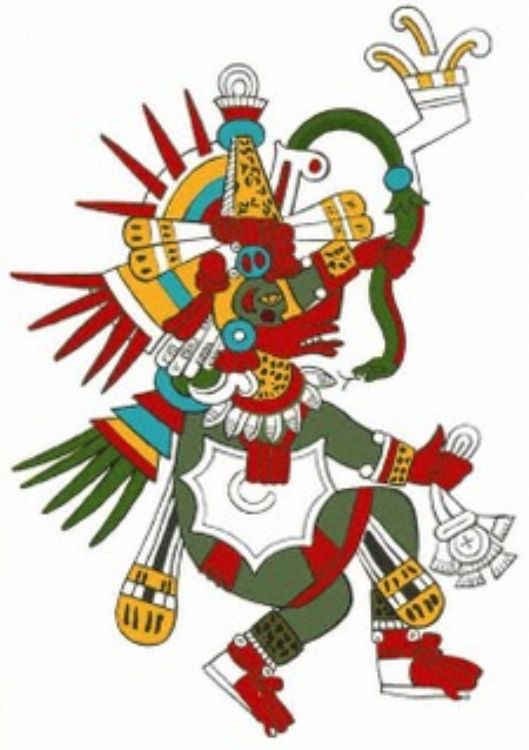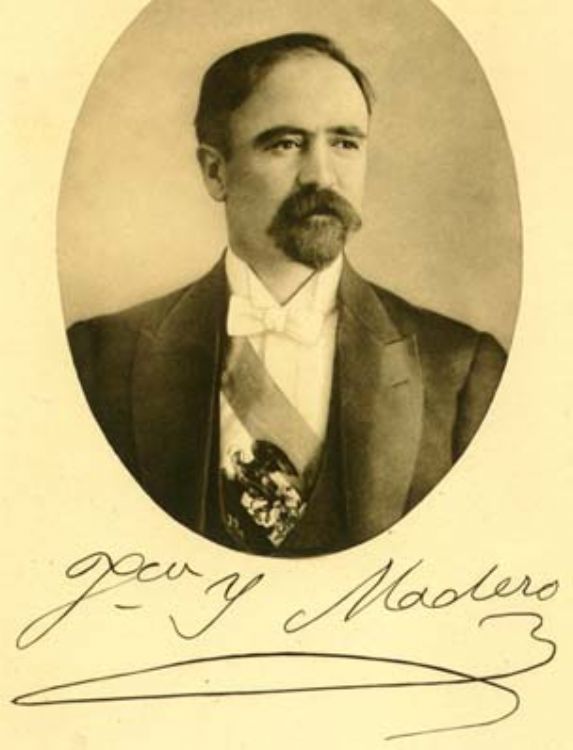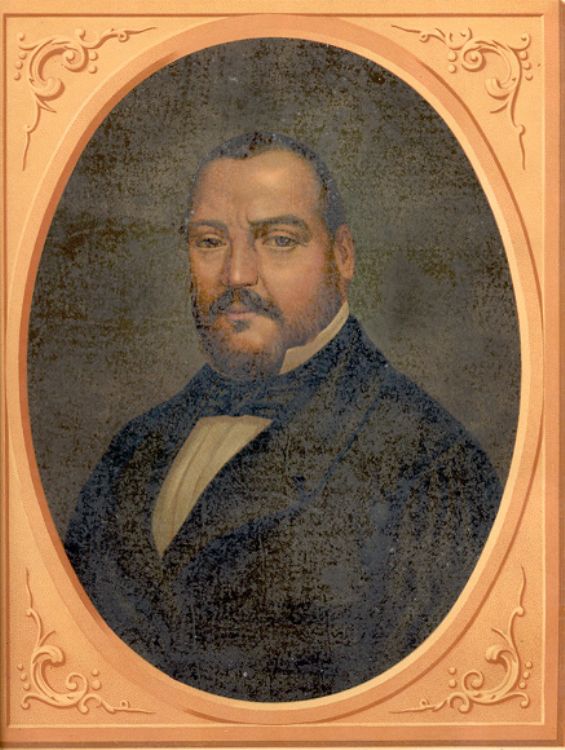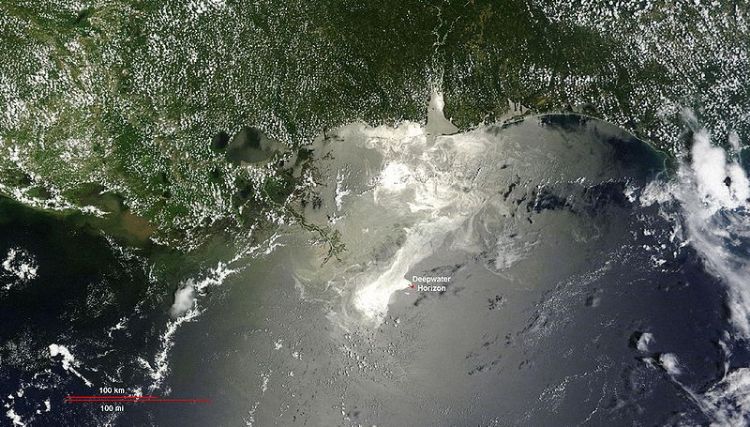National Museum: Chapultepec Castle
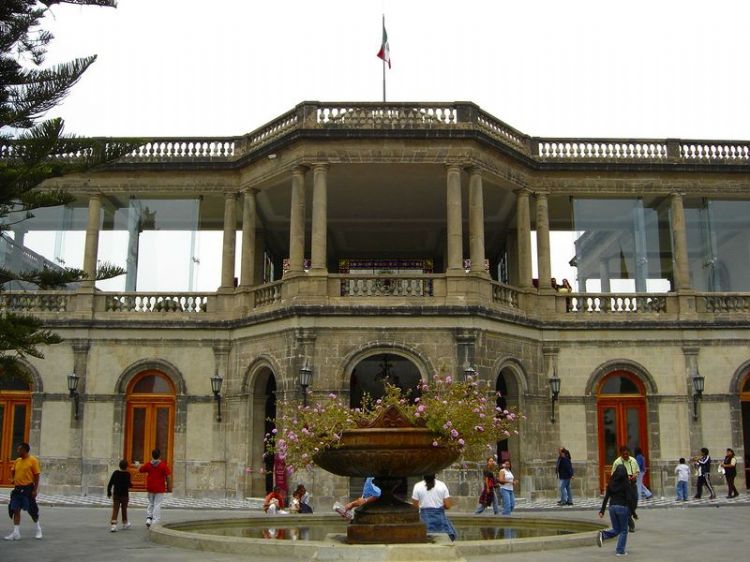
During the time of the viceroyalty, a house was constructed where there once was, according to tradition, the ancient Mexica palace and the worshiping place on the hill that was turned into a hermit dedicated to San Francisco Javier. Years later the building was modified and assigned to serve as gunpowder factory, which caught fire and exploded in 1784, leaving it partially destroyed. It was rebuilt during the government of Viceroy Albuquerque, but it was Viceroy Bernardo Galvez who paid special attention to the castleâs reconstruction, allocating it to the Viceroysâ leisure.
During the time of the North American intervention, in 1847, the Castle hosted the Military School and its cadets heroically defended it from invading troops. Later, with the French intervention and the imposition of Maximiliano de Hapsburg as the countryâs emperor, the castle was used as imperial residence. During that time, Maximiliano gave orders for embellishing both the castle and the forest. Furthermore, during the government of Porfirio Diaz, it was rebuilt with its current physiognomy. Afterward, it was used as the residence of Mexicoâs presidents, as in the case of Francisco I. Madero, Venustiano Carranza, Pascual Ortíz Rubio and Abelardo Rodríguez, some of whom ordered certain modifications.
Finally in 1940, while General Lázaro Cárdenas was president, the castle was handed over to be turned into the National History Museum, inaugurated in September of 1944, when Manuel Ávila Camacho was president. This museum was formed with objects of the former Archeology, History and Ethnography Museum, besides others from the Artillery Museum, the San Francisco Convent, the former purchasing administration and various donations. Since then, the archive and the way the material is represented has undergone various transformations and its collections have increased, for which the place has been restored for best presenting its content, divided as follows: on the first floor are The Conquest, The Religious Conquest, Commerce with the East, Mexico Cityâs Urban Development, Viceroy Gallery, Independence, Independent Mexico, President Juarez, The Revolution, Carriages, Flag Gallery, State Secretary Agreements, Presidential Agreements, Chinese Room, Bedroom and Bathroom of Empress Carlota, Tea Room and Emperorâs Reception Hall.
Since prehispanic times, Chapultepec has been a privileged place. Toltecas lived there during the 7th century and Aztecs during the 8th. In this site they selected their first leader. For the consolidation of the government of Tenochtitlán, Mexicas constructed a tunnel under the hill for providing the capital with freshwater and was later transformed into an aqueduct during the novohispanic era.
The Castle is divided into halls, and the Alcázar is located according to the buildingâs structure, which we will later describe. However, in a general manner, the content is a tour through the countryâs history through murals, objects and printed narrations.
Buildingâs Distribution by Hall
1 and 2: New Spain.
3, 4 and 5: End of New Spain and Independence.
6: Independent Mexico
7: Reforma and the Empireâs Fall.
8 and 9: Republicâs Victory.
10: Dictatorship.
11: Feudalism of Porfirio and No-Reelection.
12: Mexican Revolution.
13: From Porfirio to the Revolution.
The National Museum of History has two characteristics. It essentially contains a history tour that starts with the Spanish Conquest and concludes with the armed struggle of 1910. But also, this follow-up is portrayed in a series of visual arts and historic plazas that chronologically belong to different eras. Thus in Hall XII, which tells about the Reform and the Empireâs Collapse, we will see a silver crown that belonged to Juarez but also a painting by José Clemente Orozco from 1948 referring precisely to the fall of Maximiliano. It is a periodical view that joins voices from five centuries.
The Fortress
As it was said, its construction was ordered by Maximiliano of Hapsburg. There are currently collections safeguarding objects closely related to events of Mexicoâs history. We will pause at some of the most valuable and important pieces.
Hall of Historic Carriages
This hall has gathered a series of carriages that are important because of the distinguished personalities they belonged to. Exhibited is the carriage that belonged to Benito Juarez while he was president; the one used for solemn occasions by Emperor Maximiliano and his wife Carlota and the one they used daily, later adapted by Juarez.
Flag Hall
A flag collection exhibits a historical view of various national episodes. Outstanding are the Flag of the Active Battalion of San Blas, which defended the Chapultepec Castle during the North America intervention of 1847; the Sierra Flag with only vestiges from the coat of arms crossed by an arch and a sable, used in the War of Independence, The Flag of the Three Villa Battalion fluttered in 1829 among the troops that fought under the leadership of Baradas against the Spaniards, in 1836 during the war of Texas and in 1847 during the North American invasion. Also displayed are the Battalion Cazadores de Galeana banner that was at the front of the Republican Army of the North, commanded by Mariano Escobedo and for ending the tour of banners and emblems, the famous flags of the armed movement in 1910 with the outstanding Loyalty March Flag.
We must also mention some halls and pieces of the building that were used in other eras for different official, diplomatic and residential services.
Hall of Agreements and Anteroom of State Secretaries
It shows a replica of the furniture used by some presidents during their official gatherings.
China Room
It is a gift offered by the Chinese Empress, shown in a portrait, to Porfirio Diaz in 1910 during the celebration of the hundred year anniversary of the Mexican Independence. Its furniture is finely worked with shell inlays and silk coverings over ebony wood.
Bedroom of Empress Carlota
The furniture is made in Boulle style and decorated according to the era. During the government of President Manuel González this bedroom was acquired for the Alcazar.
The Bathroom of the Empress
It is a marble tub with a piece donated to Porfirio Diaz by the Governor of Puebla, Rosendo Márquez. It probably belonged to Carlota.
Music Hall
This hall exhibits wood furniture with bronze inlays and Aubusson tapestry representing the fables of La Fontaine; a gift from Napoleon II to Maximiliano and Carlota.
Also, there are two delicately carved planes that belonged to the emperors and their two outstanding portraits created by Albert Graefle in 1865.
Chapultepec Castle can be accessed from Paseo de la Reforma at the Gandhi Access, and by foot through the Chapultepec subway station. It is located in the First Section of the Chapultepec Forest, open from Tuesday to Sunday from 09:00 to 17:00. The Museum provides the service of guided visits to school groups and individuals, there is also a library with copies of historic documents, books referring to the history of the buildings and Mexico, a store selling brochures, postcards and posters of the murals, as well as photographs. It also hosts various types of concerts and conferences.
Artículo Producido por el Equipo Editorial Explorando México.
Copyright Explorando México, Todos los Derechos Reservados.
Foto: Wikipedia.org Ver Licencia y Autor

